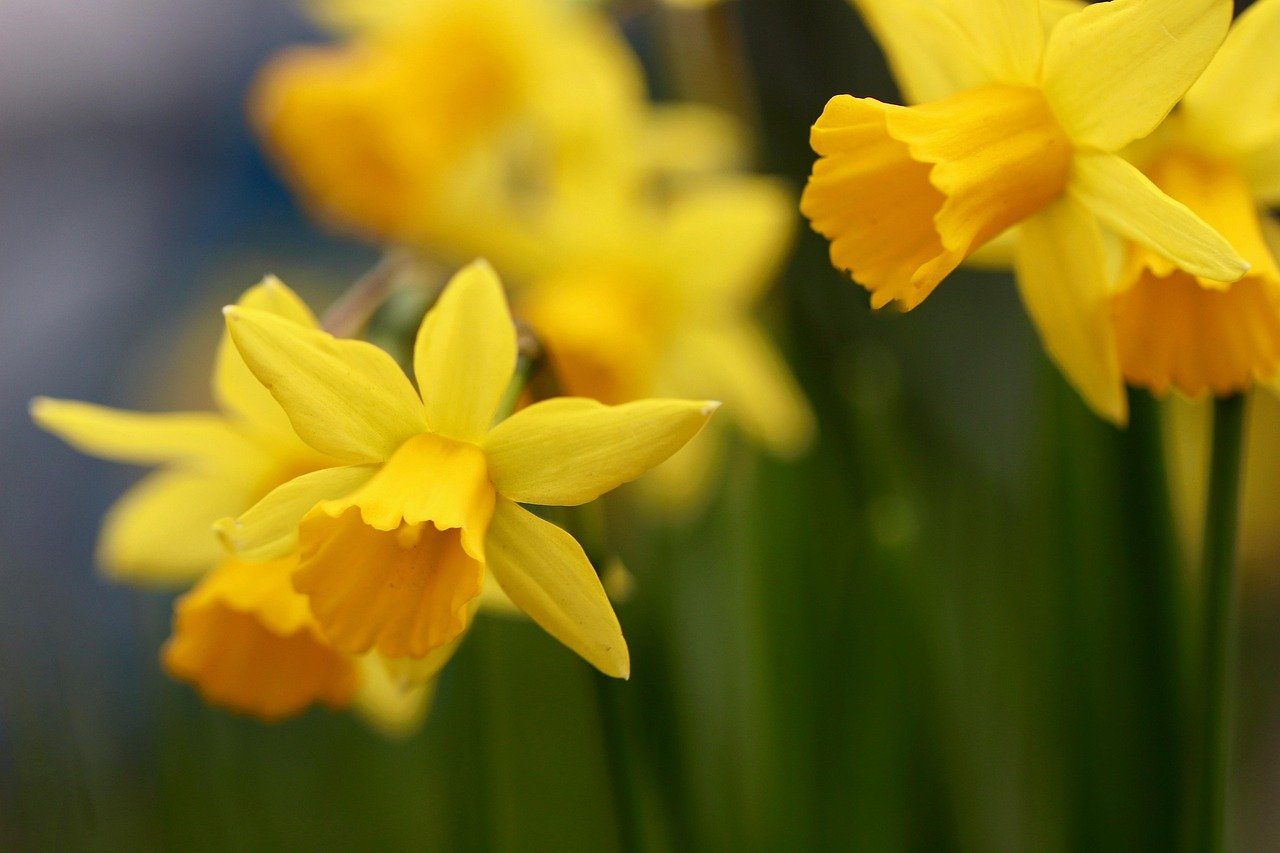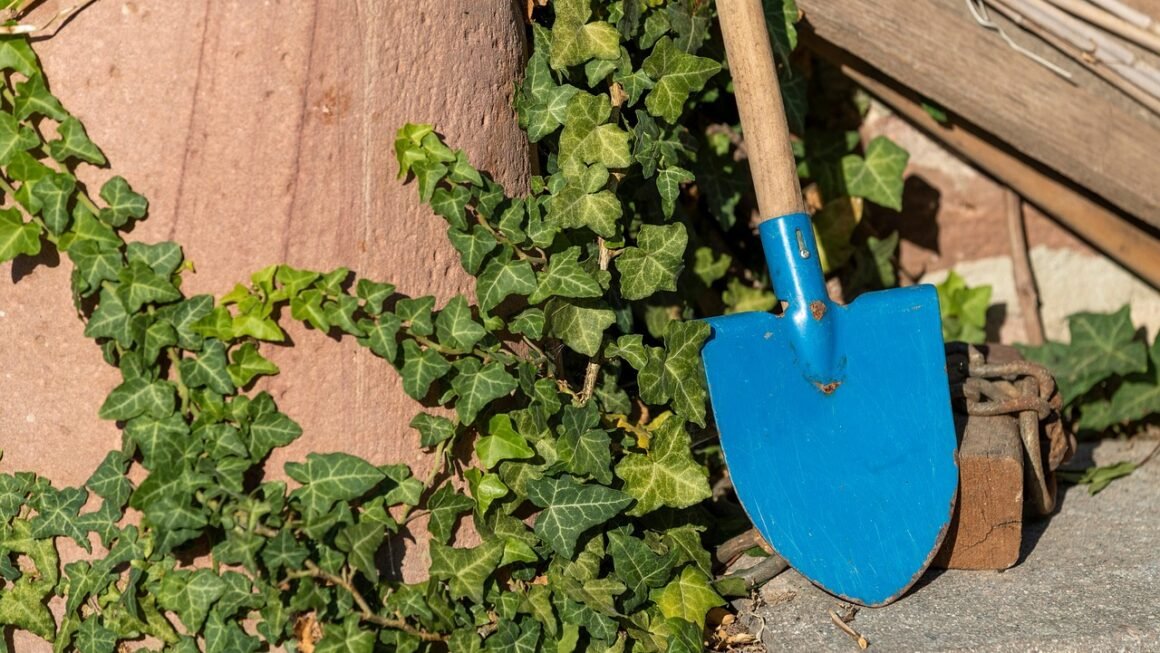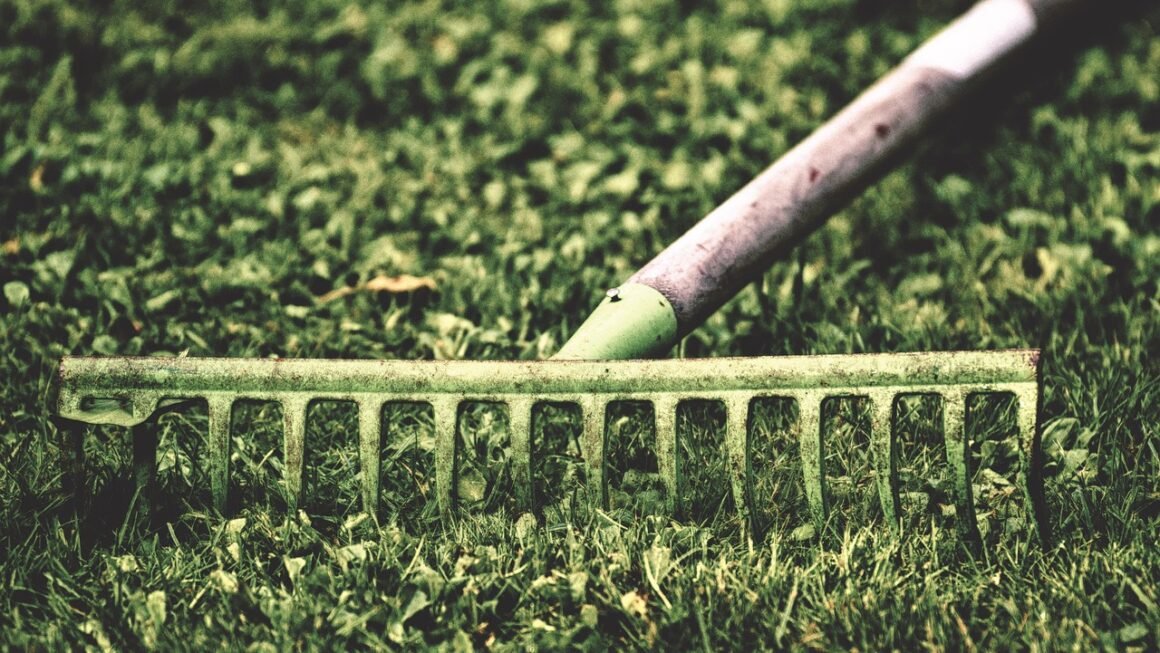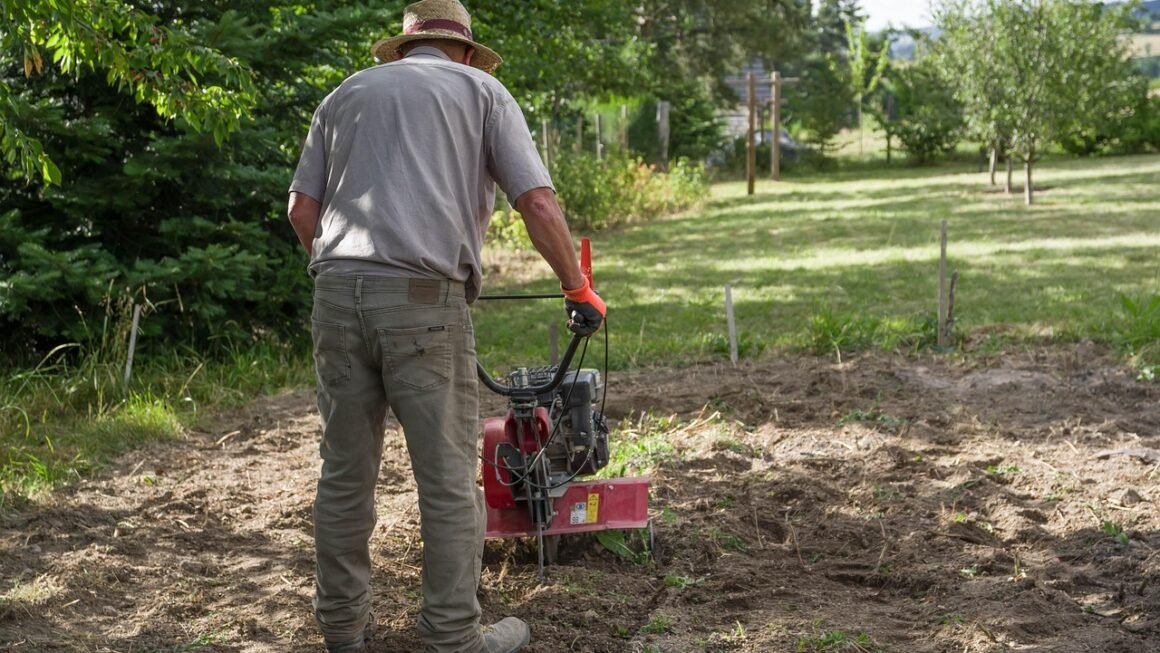Peat moss: it’s a staple in gardens worldwide, but how much do you really know about this ubiquitous soil amendment? Beyond its common use in potting mixes and seed starting, lies a fascinating story of formation, environmental impact, and sustainable alternatives. This guide delves into the properties of peat moss, its benefits and drawbacks, and how to make informed decisions about its use in your garden.
What is Peat Moss?
Formation of Peat
Peat moss is a naturally occurring, partially decomposed organic matter formed primarily from Sphagnum moss species. These mosses accumulate in waterlogged, acidic environments, such as bogs and fens, where decomposition is significantly slowed due to the lack of oxygen. Over thousands of years, the dead moss layers compress and transform into what we know as peat moss. The process is incredibly slow; peat bogs typically accumulate peat at a rate of just 1 millimeter per year. This slow formation rate is critical to understanding the environmental implications of its harvest.
Types of Peat Moss
While Sphagnum moss is the primary component, different species and environmental conditions can result in varying types of peat moss. Some common variations include:
- Sphagnum Peat Moss: The most widely used type, known for its excellent water retention and aeration.
- Hypnum Peat Moss: Composed of other moss species besides Sphagnum, generally less acidic and with slightly different properties.
- Reed-Sedge Peat: Formed from reeds, sedges, and other wetland plants, offering different nutrient content and structure.
Benefits of Using Peat Moss in Gardening
Excellent Water Retention
One of the key reasons peat moss is so popular is its remarkable ability to hold water. It can absorb up to 20 times its weight in water, which is crucial for maintaining consistent moisture levels in the soil, especially during dry periods. This benefit translates to less frequent watering and reduced stress on plants.
Example: Incorporating peat moss into the soil of hanging baskets helps prevent them from drying out quickly in sunny and windy conditions.
Improved Soil Aeration and Structure
While peat moss retains water, it also improves soil aeration. Its fibrous structure creates air pockets in the soil, allowing roots to breathe and preventing compaction. This is particularly beneficial for heavy clay soils, which can become waterlogged and poorly aerated. Adding peat moss helps to break up the clay, creating a more favorable environment for root growth.
Example: Mixing peat moss with clay soil before planting vegetables improves drainage and allows for better root development, leading to healthier plants and higher yields.
Acidic pH and Nutrient Retention
Peat moss is naturally acidic, with a pH typically ranging from 3.5 to 5.5. This makes it ideal for acid-loving plants like blueberries, azaleas, and rhododendrons. The acidic environment helps these plants absorb essential nutrients more effectively. Furthermore, peat moss has a high cation exchange capacity (CEC), meaning it can hold onto nutrients and prevent them from leaching out of the soil. This reduces the need for frequent fertilization.
Example: Using peat moss as a soil amendment when planting blueberries ensures the acidic conditions they need for optimal growth and fruit production.
The Environmental Concerns of Peat Moss Harvesting
Bog Destruction and Habitat Loss
Peat bogs are vital ecosystems that support a wide variety of plant and animal life, including many rare and endangered species. The harvesting of peat moss involves draining and excavating these bogs, which destroys the habitat and releases stored carbon into the atmosphere. The drainage process also disrupts the delicate water balance of the surrounding area, impacting local water tables and potentially leading to further habitat degradation.
Carbon Emissions and Climate Change
Peat bogs act as significant carbon sinks, storing vast amounts of carbon accumulated over thousands of years. When peat moss is harvested and used in gardens, this stored carbon is released into the atmosphere as carbon dioxide (CO2), a major greenhouse gas. Studies estimate that peatland degradation contributes significantly to global carbon emissions, exacerbating climate change. The rate of carbon release is a major concern given the relatively slow rate of peat formation.
Loss of Biodiversity
The specialized environment of peat bogs supports unique plant and animal communities that are highly adapted to these conditions. Harvesting peat moss directly threatens these species, leading to population declines and potential extinctions. Many rare and endangered species rely on peat bogs for their survival, making the preservation of these ecosystems crucial for maintaining biodiversity. The loss of these habitats has cascading effects throughout the food chain and ecosystem.
Sustainable Alternatives to Peat Moss
Coconut Coir
Coconut coir is a byproduct of coconut processing, made from the fibrous husk of the coconut. It’s a renewable resource that offers similar benefits to peat moss, including excellent water retention, aeration, and drainage. It’s also pH-neutral, making it suitable for a wider range of plants. Coir is readily available in various forms, such as bricks, blocks, and loose fibers. Ensure you choose coir that has been properly rinsed to remove excess salts, which can be harmful to plants.
Example: Using coir as a soil amendment in vegetable gardens provides excellent drainage and aeration without the environmental impact of peat moss.
Compost
Compost is decomposed organic matter, such as kitchen scraps, yard waste, and leaves. It’s an excellent soil amendment that improves soil structure, fertility, and water retention. Compost also adds beneficial microorganisms to the soil, promoting healthy plant growth. Making your own compost is a great way to reduce waste and create a sustainable soil amendment for your garden.
Example: Adding compost to flower beds improves soil fertility and reduces the need for chemical fertilizers.
Pine Bark Fines
Pine bark fines are finely ground pine bark, a byproduct of the lumber industry. They improve soil aeration, drainage, and water retention. Pine bark fines are also slightly acidic, making them suitable for acid-loving plants. They decompose slowly, providing long-term benefits to the soil. Look for products specifically labeled as “pine bark fines” to ensure the proper particle size for soil amendment.
Example: Using pine bark fines as a mulch around shrubs helps retain moisture and suppress weed growth.
Leaf Mold
Leaf mold is decomposed leaves, an excellent source of organic matter that improves soil structure, water retention, and nutrient content. It’s easy to make your own leaf mold by simply piling up leaves in a designated area and allowing them to decompose over time. Leaf mold is a valuable resource for improving the health and fertility of your garden soil.
Example: Incorporating leaf mold into the soil before planting bulbs improves drainage and provides essential nutrients.
Making Informed Choices About Peat Moss Use
Assess Your Needs
Before reaching for peat moss, consider whether it’s truly necessary for your specific gardening needs. Many plants thrive in a variety of soil conditions, and alternative soil amendments may be equally effective. Evaluate the pH requirements of your plants and the overall health of your soil before deciding to use peat moss.
Source Responsibly
If you choose to use peat moss, look for suppliers who practice responsible harvesting methods. Some companies are committed to restoring peat bogs after harvesting, minimizing the environmental impact. Check for certifications or labels that indicate sustainable harvesting practices. While certifications don’t eliminate the impact, they can signify a more conscious approach.
Use Sparingly and Combine with Alternatives
Even if you source peat moss responsibly, using it sparingly is always a good practice. Combine it with other sustainable soil amendments like compost, coir, or leaf mold to reduce your overall reliance on peat moss. This approach allows you to enjoy some of the benefits of peat moss while minimizing its environmental impact.
Conclusion
While peat moss offers valuable benefits in gardening, its environmental impact cannot be ignored. By understanding the formation, properties, and environmental consequences of peat moss harvesting, gardeners can make informed decisions about its use. Embracing sustainable alternatives like coconut coir, compost, and pine bark fines is crucial for protecting peat bogs and promoting a more environmentally friendly approach to gardening. Ultimately, responsible gardening involves minimizing our impact on the environment and preserving valuable ecosystems for future generations.




